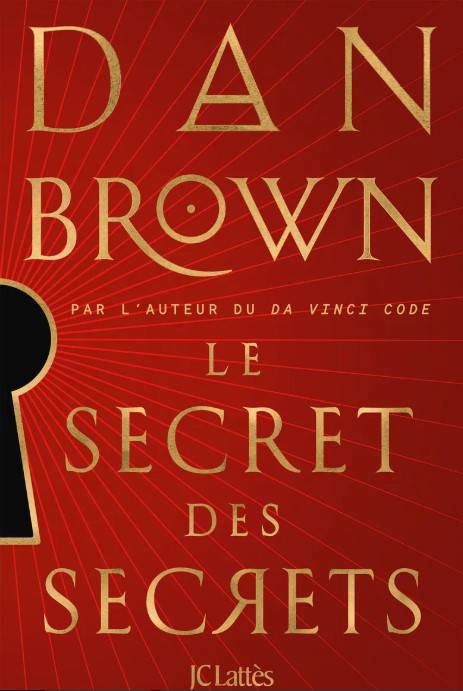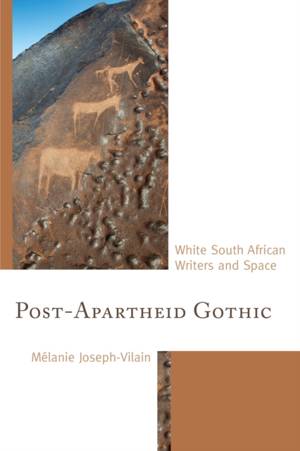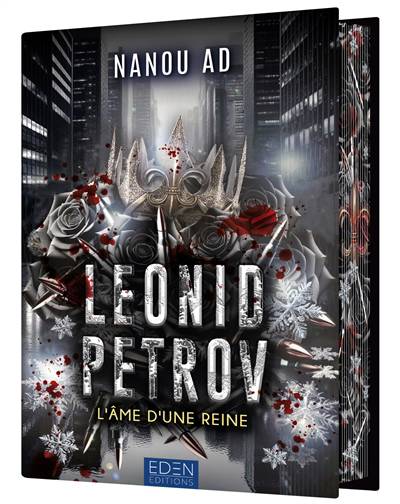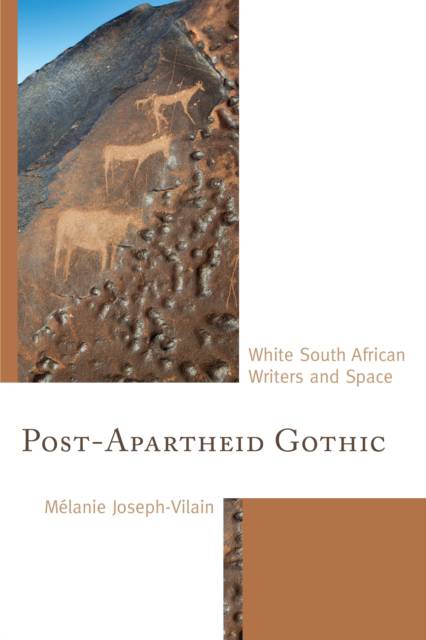
- Retrait gratuit dans votre magasin Club
- 7.000.000 titres dans notre catalogue
- Payer en toute sécurité
- Toujours un magasin près de chez vous
- Retrait gratuit dans votre magasin Club
- 7.000.0000 titres dans notre catalogue
- Payer en toute sécurité
- Toujours un magasin près de chez vous
Post-Apartheid Gothic
White South African Writers and Space
Mélanie Joseph-Vilain
Livre relié | Anglais
178,95 €
+ 357 points
Description
Post-Apartheid Gothic: White South African Writers and Space is at the crossroads between Gothic studies and postcolonial studies. The author analyses the way in which diverse spaces - the home, the landscape, the city - are represented in recent works by white South African writers, assessing their literary, ethical, and political implications.
Spécifications
Parties prenantes
- Auteur(s) :
- Editeur:
Contenu
- Nombre de pages :
- 268
- Langue:
- Anglais
Caractéristiques
- EAN:
- 9781683932451
- Date de parution :
- 19-03-21
- Format:
- Livre relié
- Format numérique:
- Genaaid
- Dimensions :
- 152 mm x 229 mm
- Poids :
- 562 g

Les avis
Nous publions uniquement les avis qui respectent les conditions requises. Consultez nos conditions pour les avis.






